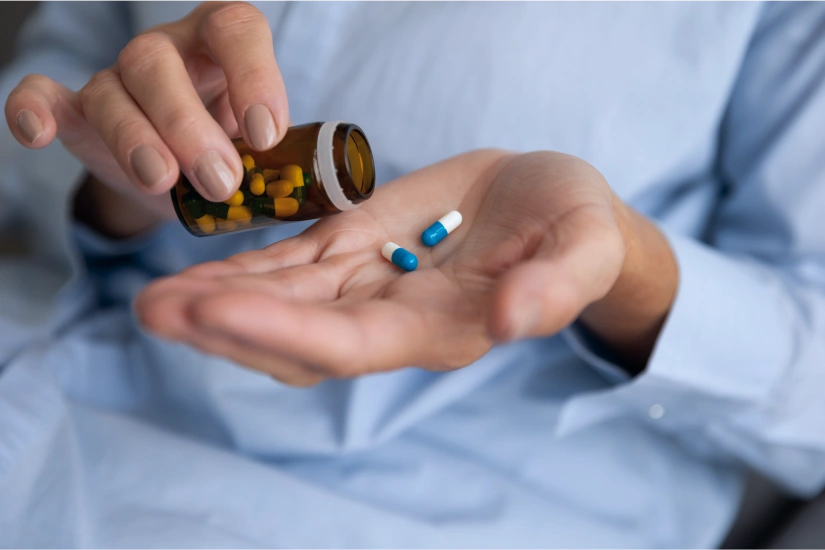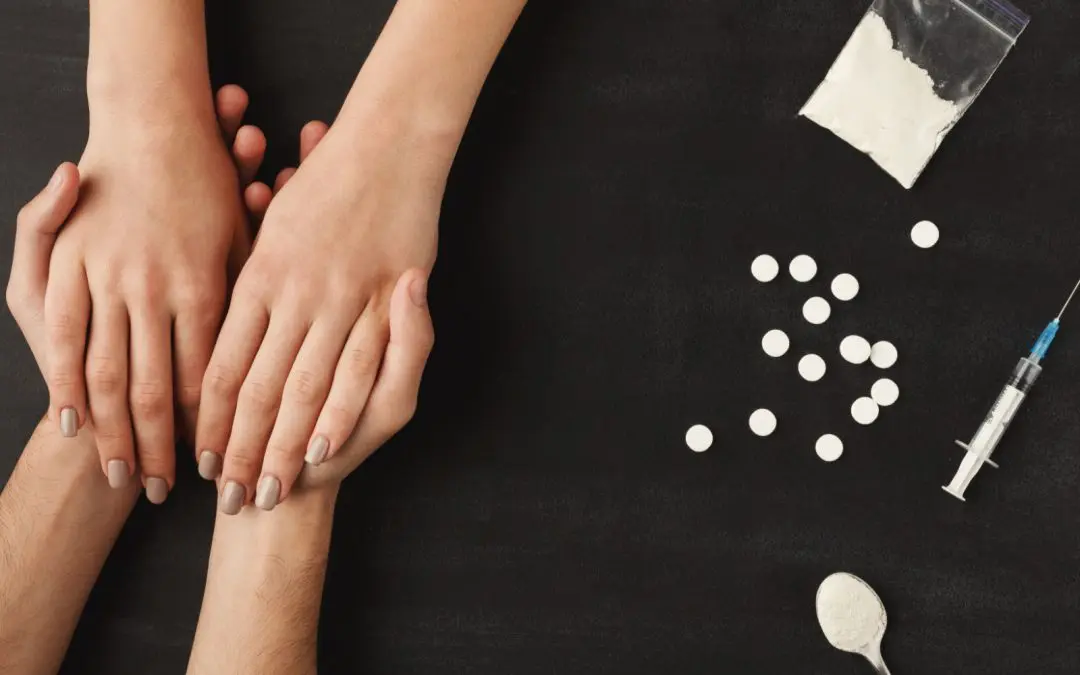24/7 Helpline:
(866) 899-111424/7 Helpline:
(866) 899-1114
Learn more about Opioid Rehab centers in Homosassa Springs
Opioid Rehab in Other Cities

Other Insurance Options

Multiplan

Health Partners

Excellus

AllWell

Carleon

Regence

Private insurance

Group Health Incorporated

Coventry Health Care

Providence

Meritain

MVP Healthcare

Highmark

Sutter

Sliding scale payment assistance

Lucent

Humana

Amerigroup

Health Choice

Kaiser Permanente












